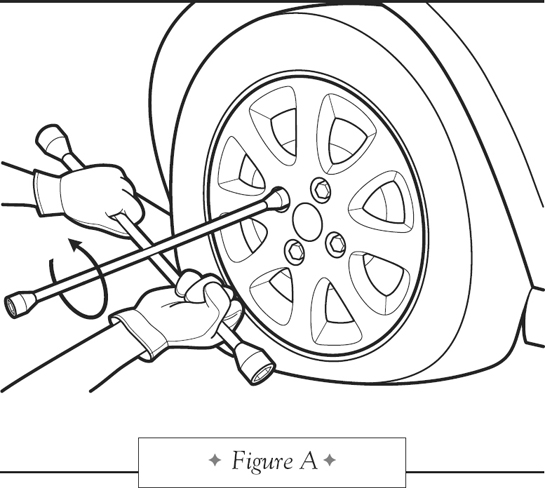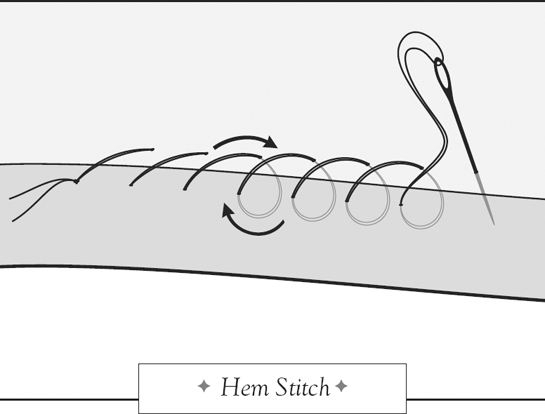Copyright 2010 by Quirk Productions, Inc.
All rights reserved. No part of this book may be reproduced in any form without written permission from the publisher.
Library of Congress Cataloging in Publication Number: 2009937718
eISBN: 978-1-59474-485-3
Design by Karen Onorato
Page layout by Jenny Kraemer
Illustrations by Kate Francis
Edited by Sarah OBrien
Production management by John J. McGurk
Quirk Books
215 Church Street
Philadelphia, PA 19106
quirkbooks.com
Stuff Every Lawyer Should Know: The publisher and author hereby disclaim any liability from an injury that may result from the use, proper or improper, of the information contained in this book. We do not guarantee that this information is safe, complete, or wholly accurate, nor should it be considered a substitute for a readers good judgment and common sense. In other words: Exercise caution when parallel parking. Be safe when flirting with strangers. And never leave the house without safety pins.
v3.1
To my mom,
who certainly doesnt need this book
but will buy twenty copies anyway.
Introduction
This book was not shortlisted for a Pulitzer Prize. It will not be read in classrooms or for summer reading lists, nor does it probe the condition of modern women pithily and with feeling.
But it does have some good tips for how to talk to anyone, anywhere. Youll finally get over your fear of writing thank-you notes. And theres nothing like throwing a mean football while wearing the perfect shade of green (because you now know it suits you better than those pastels youve been sporting for years). This is the book your mom would have written for you if shed grown up with three older brothers.
Is it full of girly stuff? Yes. This book will tell you how to stop a run in your stockings and advocates batting your eyelashes if it gets you what you want. I believe in knowing how to dress for your body type and how to sew a hem. But as any grandmother will tell you, times have changed, and its just as important to know how to ask for a raise, parallel park, or protect yourself with some crucial self-defense techniques. And of course every woman should have a handle on her oil pan. You wouldnt want to gunk up the engine, would you?
From sniffing my way through an upscale perfume boutique to cornering a car salesman for valuable bargaining tips, theres one thing I realized: No matter what youre doing or who youre talking to, stand up straight, pull back those shoulders, and smile. It works, and its called confidence. Dont have any? Fake it. Ive got that covered, too.

How to Change a Tire
This minor emergency is bound to befall you sooner or later, so be prepared. Know the necessary steps before it happens, and youll save yourself a lot of stress.
As soon as you notice you have a flat, stop driving. Pull over onto a smooth concrete area with no slope and engage the emergency brake.
Most cars are equipped with a spare tire, jack, and lug wrench (the manual will tell you where to find them, but typically theyre in the trunk). Carefully read the directions before using these items. Two things you wont find next to the lug wrench but will be glad you kept there: a blanket to put between your new jeans and a dirty highway, and some heavy glovesgrease is a lot harder to remove than nail polish.
While the tire is still on the ground, use your lug wrench to loosen the lugs (the bolts that keep your tires in place) just a little. That will make it easier to get them off once the car is jacked (raised off the ground). Think righty tighty, lefty loosey: Attach the lug wrench in the direction you want to turn it, parallel to the ground, and use your foot to push down and loosen the lugs.

Refer to the manual to jack up your car at the right spot. There is usually a little notch or lip in the side of the car where the jack should go.

Completely unscrew the loosened lug nuts and remove the flat tire.
Line up the spare with your lug bolts and push it in as far as you can. Because the tire wont simply rest flush on the bolts by itself, youll need to hold it in place to properly screw on the nuts.
Now begin to replace the lug nuts. Screw them on with your hands as much as possible; then grab your lug wrench and tighten as much as you can. Always tighten nuts across from each other rather than going around in a circle, and never pull up when tighteninggo with gravity and push down.
Lower your jack stand and finish tightening your lug nuts using your foot (see ). You want them to be as tight as possible.
Spares arent made to be driven on for long. Put your tools and flat tire in the trunk and get to the closest gas station. If the tire isnt too damaged, the mechanic will be able to plug it; otherwise youll need to replace it.
How to Sew a Hem
Even if you dont know the first thing about sewing, you can learn to sew a basic hem, which will save you an unnecessary trip to the tailor.
Thread a needle with approximately two feet of thread. Knot the two ends of the thread together near the bottom.
Turn the garment inside out, with the hem facing you.
Firmly attach the knotted end with one or two stitches to the underside of the garment (so it wont show when youre wearing it).
Push the needle from the underside of the garment to the front, keeping in mind that the stitches should show as little as possible on the other side.
If the material is heavy, just pick up some of the threads; dont go all the way through to the front. For thin fabrics, catching only one thread is necessary (really!). Dont pull your stitches too tight; a hem stitch should look like a loose zigzag.

Shortcut: Never underestimate the power of hem tape. Youd be amazed at how many things an iron (you do know how to iron, right? If not, see ) and some hem tape can achieve, no sewing necessary. Pants too long? Hem tape. Shortening curtains? Hem tape. Anything that needs to be stuck together in a straight line can be done quickly and easily with hem tape. And its cheap, too.
Other Sewing Techniques
Heres how to quickly mend other minor sartorial emergencies that always pop up at inopportune moments.
Fixing those strange little frayed-at-the-edges holes in jackets and T-shirts: Use thread as close as possible to the clothings color, opting for a shade slightly darker rather than lighter. Thread the needle and knot the ends together. Sew from the back so that the knot and stitches are hidden. If youre working with knits or jersey, be sure to catch an intact stitch on all sides of the hole. Secure your handiwork with small backstitches and finish by bringing your needle through the loop created between thread and fabric once or twice.












